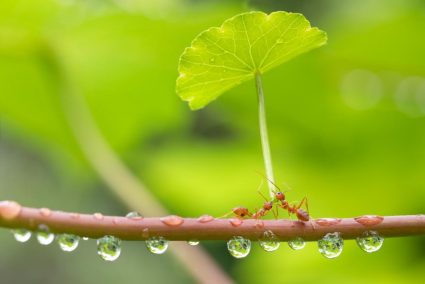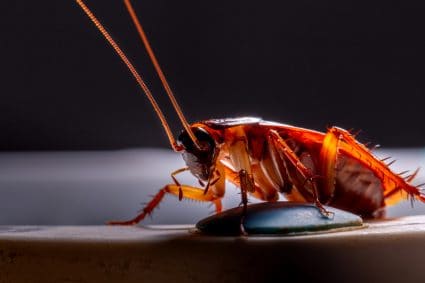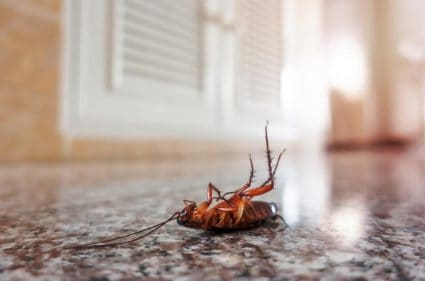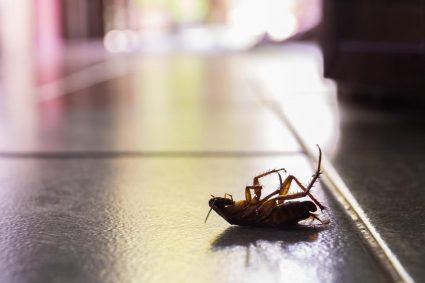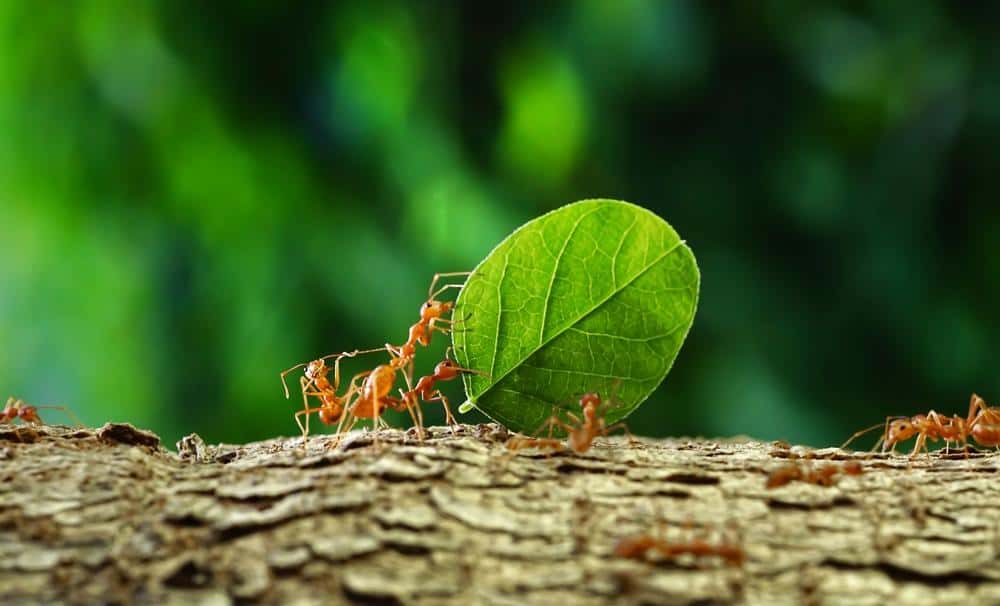
Earwigs can be a common pest in many gardens, and they’re particularly fond of taking up residence in potted plants. These insects, while not harmful to humans or pets, can cause significant damage to your beloved plants. If you’ve been noticing small, ragged holes in the leaves of your potted plants or have caught these critters in action during the night, it’s time to take action. This comprehensive guide will provide you with all the information you need to keep earwigs out of your potted plants.
To keep earwigs out of potted plants, maintain proper moisture levels and remove any debris around your plants. Use natural deterrents like diatomaceous earth or essential oil sprays, set traps using soy sauce and oil, and create physical barriers with petroleum jelly or sticky substances. Regular inspection and cleaning can also help prevent earwig infestations. If earwigs are already present, dry out the garden, use rubbing alcohol or soapy water sprays, and apply diatomaceous earth for treatment.
Understand the Enemy: What Attracts Earwigs to Potted Plants?
Earwigs are attracted to damp and sheltered environments, which are often provided by potted plants. They tend to favor rotting plants and are also drawn to the moisture that accumulates under pots. Additionally, they feed on a variety of garden plants, including herbs, corn tassels, dahlias, marigolds, roses, and zinnias, making your potted plants a potential feast for these pests.
Identifying an Earwig Infestation
Before we delve into how to keep earwigs out of your potted plants, it’s crucial to be sure that earwigs are indeed the culprits causing damage to your plants. Some common signs of earwig infestation include:
- Small holes in leaves and stems
- Jagged and damaged leaves
- Withered and dying plants
- Presence of live earwigs, especially during nighttime
- A foul smell, which is a defensive secretion of earwigs
Prevention: The Best Defense Against Earwigs
Preventive measures are the best way to keep your potted plants free from earwigs. Here are some effective strategies:
- Maintain proper moisture levels: Avoid overwatering your plants, as earwigs are attracted to moist environments.
- Remove debris: Clear away any plant debris, dead leaves, or sources of standing water around your plants to eliminate potential breeding grounds.
- Use natural deterrents: Apply diatomaceous earth around your plants to deter earwigs. You can also create a repellent spray using essential oils like lavender, basil, peppermint, cinnamon, or clove mixed with water.
- Set traps: Traps are an effective way to capture and kill earwigs. You can create simple traps using a mixture of equal parts soy sauce and olive or vegetable oil in a plastic container with small holes in the lid. Alternatively, you can use a low-sided can filled with 1/2 inch of oil, such as fish oil or vegetable oil with a drop of bacon grease.
- Physical barriers: Apply petroleum jelly around the stems of your plants or use sticky barriers like Tanglefoot to prevent earwigs from climbing up the plant stems.
- Inspect and clean: Regularly inspect your plants for earwigs or their eggs and remove them if found.
Treatment: Dealing with an Existing Earwig Infestation
If you’ve confirmed the presence of earwigs in your potted plants, it’s time to take action. Here are some effective treatments you can use:
- Dry out the garden: Reduce moisture levels by avoiding overwatering and allowing the soil to dry out between waterings.
- Use rubbing alcohol and water: Mix equal parts of 70% rubbing alcohol and water in a spray bottle and spritz directly on earwigs to kill them on contact.
- Set up vegetable oil traps: Mix equal parts soy sauce and olive or vegetable oil in a small container and place it near the infested plants. Earwigs will be attracted to the scent, climb in, and drown.
- Use soapy water: Mix a few drops of dish soap with water in a spray bottle and spray the leaves of your plants. This solution will make the plants taste unpleasant to earwigs and help deter them.
- Apply diatomaceous earth: Sprinkle diatomaceous earth around the base of your plants. This powder is made up of tiny, sharp particles that will cut through an earwig’s exoskeleton and dehydrate it when it comes into contact with it.
Remember, the most effective way to keep earwigs out of your potted plants is a combination of preventive measures and prompt treatment of infestations. By staying vigilant and taking action at the first sign of earwigs, you can keep your plants healthy and your garden thriving.
Frequently Asked Questions
What are some other natural repellents for earwigs?
Some other natural repellents for earwigs include citrus peel, which can be placed around your plants as earwigs do not like citrus, and certain herbs like rosemary and thyme, which can be planted in close proximity to your other plants to deter earwigs.
Are earwigs harmful to humans or pets?
No, earwigs are not harmful to humans or pets. Despite their intimidating pincers, they are not venomous and do not spread disease. Their pincers are mainly used for defense against other insects.
Can earwigs infest indoor plants?
Yes, earwigs can infest indoor plants, especially if the plants are overwatered or if the room has high humidity levels. The same prevention and treatment methods outlined in the blog post can be used for indoor plants.
How often should I check my plants for earwig infestation?
It’s a good idea to check your plants for signs of earwig infestation every few days, especially during the growing season when earwigs are most active. If you see signs of damage, check your plants more frequently.
Is it safe to use rubbing alcohol on all types of plants?
Rubbing alcohol can be used safely on most types of plants, but it’s always a good idea to test it on a small part of the plant first to make sure it doesn’t cause any damage. Avoid using it on plants with delicate or sensitive leaves.


